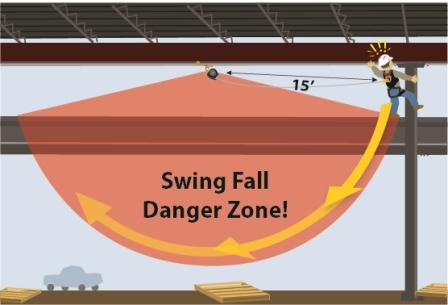In a recent study of hand injuries the leading cause of injury was contact with cutting or piercing objects, most often pieces of metal, razors and knives, power tools and nails. Fingers and hands were the most-injured body parts among the construction workers in this study, accounting for one-third of emergency room visits. About 15 percent of these injuries were amputations, partial amputations, crushes and fractures. About 63 per cent involved a laceration.
So how can we reduce hand injuries? A recent study found that wearing gloves reduced the relative risk of injury by 60 percent. We have seen here in our own facility and through the corporation that the wearing of cut-resistant gloves and cut-resistant sleeves when handling or working around cut hazards had dramatically reduced lacerations.
The study also showed that workers reported that they had worn gloves only 27 percent of the work time, and only 19 percent reported wearing gloves at the time of the injury. Gloves are only effective when you wear them.
To reduce the chance of injury when working around cut hazards it is important that you wear the cut-resistant gloves and sleeves. They are made of Kevlar or Dyneema and offer cut resistance to sharp objects. Understand, they are certainly not cut-proof, however they afford you much protection when working with and around sharp items such as:
- Utility knives
- Saw blades
- Dies
- Knives
- Sheet Metal
- Glass
- And similar cut hazards







